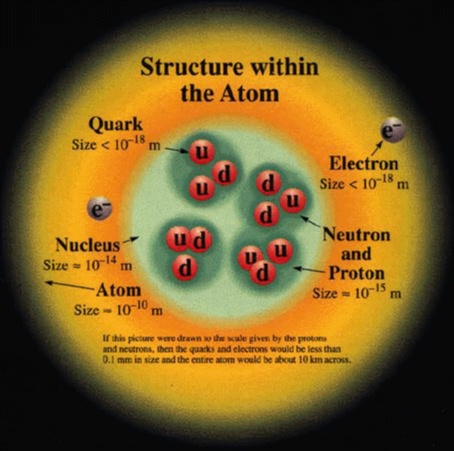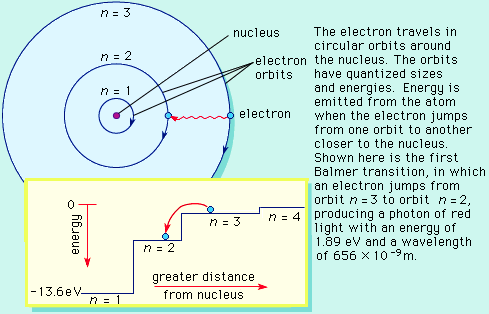THE SCIENCE, MATHEMATICS, PHILOSOPHY AND REALITY OF EINSTEIN'S DREAM

"The whole of science is nothing more
than a refinement of everyday thinking."
- Albert
Einstein.

"The whole of science is nothing more
than a refinement of everyday thinking."
- Albert
Einstein.
ALBERT EINSTEIN, For the last 30 years of his life endlessly searched for a formula, perhaps equal to that in size of his famous theory of relativity that would give reason to all things. On a scientific basis he wanted to unify all four known FORCES that are present within our physical realm, those being the STRONG, WEAK, ELECTROMAGNETIC and GRAVITATIONAL forces.
On a philosophical level he was aiming to make this achievement to read the MIND OF GOD and therefore justify the mechanics of the universe and solve the most perplexing question ever, WHAT IS THE NATURE OF OUR REALITY ?.
Since that time there have been many, many attempts to solve this universal riddle and its answer may not have been able to become known (In Einstein's time) due to the lack of powerful mathematical capabilities that we are blessed with now days.
The UNIFIED FIELD THEORY is considered the Golden Apple of the physics community as once this concept is determined we are bound to increase our understanding into ALL THINGS.
IS IT
IMPORTANT?
Many nonscientific minded people ask WHY ? or of what
importance to our lives is a UNIFIED FIELD
THEORY.
Some think of this as an endless search to make conclusions of which may have no bearing on our everyday lives. SURELY not, if we understand the nature of our universal environment then this MUST in some form dictate the reason into the nature of our existence and perhaps explain more philosophical implications also.
A great number of scientists and philosophers alike have tried to make such conclusions yet the FINAL GOAL has not yet been achieved. The closest we have got so far is perhaps observations in Quantum Mechanics with theories like STRING THEORY which in itself is complicated and has really no philosophical implications at all.
THE FOUR FORCES - AND
THEIR UNIFICATION
As mentioned earlier the fundamental process behind a UFT must unite all
four known forces, that are:
WEAK NUCLEAR FORCE - Determines the stability of atomic nuclei.
STRONG NUCLEAR FORCE - Bonds sub atomic particles.
ELECTROMAGNETIC - Sets the structure of atoms and molecules.
GRAVITATIONAL - Mutually attracts all bodies in the universe.
In the world of physics, great attention to detail is paid both to the world of the microcosm as well as the macrocosm. It is important to cross reference the behavior of matter on small scales with those on larger scales, that way common denominators can be determined and perspective gained.
The scientific community (at great expense) has searched for the identification , classification & behavioral patterns of the building blocks of MATTER to help us understand the significance that they may have in not only in the CREATION of our universe -(COSMOLOGY) but also their relevance to finding answers in other fields like chemistry and biology.
The standard model for these building blocks is the ATOM. A single atom with an orbiting electron can be easily pictured the way the moon orbits the earth.
We refer to anything smaller than an atom as a subatomic particle which are defined as PROTONS and NEUTRONS with the particles orbiting the nucleus, ELECTRONS.

The above model of the Atom is undergoing some considerable changes. The Electron is now described as "A Wave" of probabilities that orbit (in clouds of probabilties) different positions around the nucleus and within the electron shell. In this particular diagram the electron is depicted in a frozen state, not fully displaying the dynamic variances of space that the Electron occupies.

Different atomic elements have different numbers and configurations of electrons and electron shells. In most cases the number of electrons equal those of the protons contained within the nucleus.
NOTE: To gain perspective on the scale in which atoms are measured, keep in mind in the volume of an object the size of a pin head there are apx:
This number will vary depending on the type of element(s) measured.
Even subatomic particles like PROTONS and NEUTRONS are said to be made up of smaller particles called QUARKS, whether quarks are just aspects of protons and neutrons is still left to be totally verified. It may be possible that quarks are the smallest detectable subatomic particles discovered so far.
WHO'S SCIENCE IS THIS
?
COSMOLOGY is
perhaps considered the main stream of science that strives to find the answers
to a UNIFIED FIELD THEORY. Cosmologists view the holistic macrocosmic scope of
the universe and many believe that in the beginning of universal time all four
forces were united.
It is through observing Planets, Stars, Quasars, Solar Systems and Galaxies that Cosmologists are able to grasp a greater understanding of the nature of our universe and the dynamics of its content.
THEORETICAL PHYSICS is another stream of science that directly concerns itself with the search for a UNIFIED FIELD THEORY. Those who practice theoretical physics can be involved with QUANTUM MECHANICS (observation in elementary and sub atomic particles), or RELATIVITY (observations in space-time). It is usually the difference in these two extremities of science where scientists claim to be either a Quantum Physicist or Relativist.
Although observations made in both of these sciences mostly go hand in hand, there still seems to be a number of issues where both do not agree, so any variances would have to be ironed out in order to gain any sort of conceptual unity.
It must be then recognized that there has to be a binding theory to bring both ideals together and hopefully achieve Einstein's dream - The Unified Field Theory.
THE ANSWER IS OURS TO SHARE AND
UNDERSTAND
It is important to understand that science if for everyone. It is something that should not be dominated by a select few nor hidden from those who have a right to know. If a person has an inquiring mind, then in essence THAT person is a scientist and if that person try's to find reason in something, well THAT person is a philosopher.
Too often people form the opinion that science is for men in white coats with university degrees and philosophy is for extremely deep minded people who have beliefs that many find difficult to grasp.
The truth is that each and everyone of us delve into scientific and philosophical contemplation throughout the everyday courses of our lives.
It is our combined knowledge
that enables us to gain greater understanding.